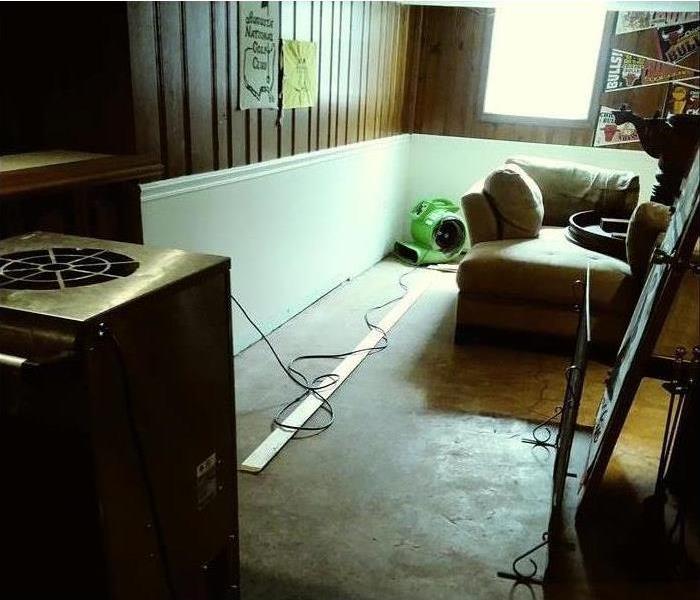3 Essential Steps To Remove Odors After a Flood
8/13/2020 (Permalink)
Follow These Steps To Return Everything To A Fresher State
Flood waters cause nasty odors to seep into furniture, walls, flooring, and carpet. These smells are often the result of mold growth when homes are improperly cleaned after a flood. If your home in Chicago, IL, recently experienced a flood, follow these steps to return everything to a fresher state.
1. Clean Thoroughly
It seems obvious, but the first step in cleaning up after a flood is to remove all flood water and return your property to baseline dryness. Use a wet vacuum wherever necessary to ensure all excess moisture is gone. Once dry, wipe down the walls and floor with soap and disinfectant. Steam-clean carpets, drapes, and absorbent furniture that might be salvageable. If sewage loss occurred, be diligent in cleaning to avoid a lingering foul stench.
2. Assess the Damage
Once items have been dried, cleaned, and disinfected, assess the damage. Mold growth can fester in any damp environment. Take note of flooring or walls that no longer seem solid or have visible signs of damage. Check behind discolored wallpaper and test the integrity of furniture. Any porous surface can retain foul odors.
3. Replace Items That Are Beyond Repair
Remove and replace any carpets, furniture, or drapes that cannot be properly cleaned and dispose of them properly. Replace drywall and flooring that is no longer sound. Disposing of and replacing these items may be a costly endeavor but will likely outweigh the disruption of lingering odors from the flood. If the expense is too great, check with your insurance to see if your damages are covered.
A home is a safe haven — a place to find refuge and comfort. Lingering odors from mold growth following a flood are a headache you do not have to live with. If you tried to rid your home of nasty smells following a flood but still find them to be a nuisance, consider calling a storm damage restoration specialist to assess the problem.



 24/7 Emergency Service
24/7 Emergency Service
